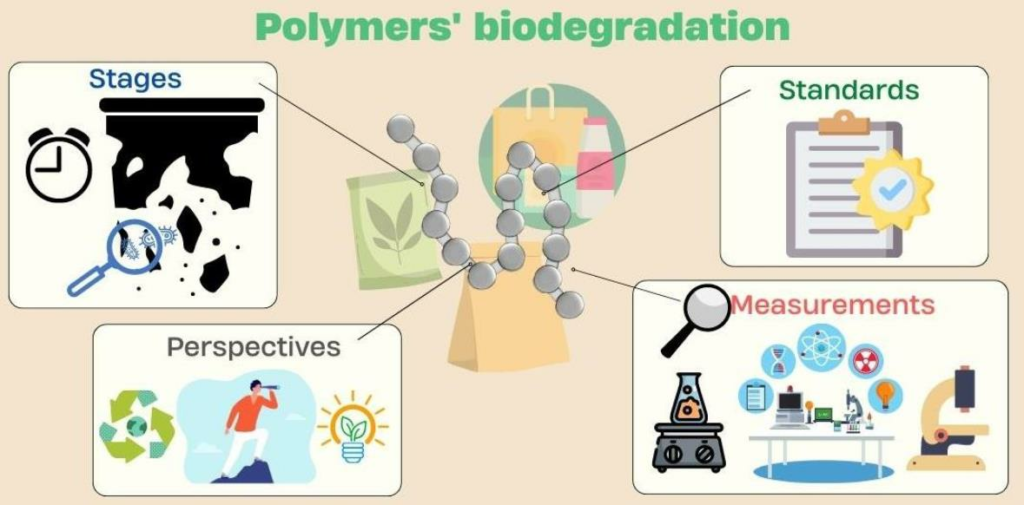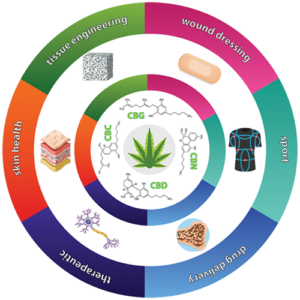Table of Contents
- Introduction to Aerobic Biodegradation
- Why Measuring Biodegradation is Important
- Traditional Methods vs. Modern Techniques
- The Role of Respirometry
- Applications in Various Industries
- Case Studies and Research
- Future Trends in Biodegradation Measurement
- Potential Challenges and Solutions
Introduction to Aerobic Biodegradation
Aerobic biodegradation is how microorganisms break down organic materials in oxygen. These microbes convert organic substances into carbon dioxide, water, and energy, vital in decomposing waste and pollutants in various environments.
This natural process is crucial for maintaining ecological balance and reducing environmental pollution. Advanced respirometry methods enable us to measure these processes highly, providing valuable insights into how different materials degrade over time.
Understanding aerobic biodegradation is essential for managing waste and developing sustainable products. By using innovative measurement techniques, industries can better understand and optimize biodegradation processes to meet environmental standards and regulatory requirements. This understanding is critical for industries such as waste management, pharmaceuticals, and packaging, where the biodegradability of materials can have significant environmental and economic impacts.
Why Measuring Biodegradation is Important
Monitoring biodegradation is crucial for several reasons. It helps determine how quickly and effectively organic materials break down, vital for environmental protection and waste management.
Precise measurements enable industries to develop sustainable products and processes. For instance, understanding the biodegradation rates of various materials can assist in creating products with less environmental harm, ultimately aiding in promoting a more sustainable tomorrow.
For example, companies in the packaging industry can use this information to develop materials that break down more efficiently, reducing their environmental footprint. Meanwhile, wastewater treatment facilities can optimize their processes to ensure harmful substances are broken down before being released into the environment.
This improvement can potentially make treatment processes more efficient and cost-effective, positively impacting both the environment and the economy.
Traditional Methods vs. Modern Techniques
Traditional methods of measuring biodegradation involve complex and time-consuming procedures. These methods may require extensive laboratory setups and prolonged observation periods. However, modern techniques have revolutionized this field. Modern methods provide faster and more precise measurements using advanced sensors and real-time monitoring systems.
This shift towards more efficient techniques is essential in an era where environmental sustainability and rapid technological advancements are at the forefront of industrial progress. One example of a modern technique is using high-quality sensors to track changes in oxygen levels. As microorganisms consume oxygen while breaking down organic materials, these sensors can provide real-time data on the degradation process. According to the latest advancements, these methods offer a more streamlined approach with higher accuracy rates. This real-time monitoring capability allows immediate adjustments and optimizations, making biodegradation processes more efficient and effective.
The Role of Respirometry
Respirometry is one of the most effective methods for measuring aerobic biodegradation.This technique involves monitoring the oxygen consumption of microorganisms as they break down organic materials. By providing real-time data, respirometry offers a detailed understanding of biodegradation.
This thorough understanding is crucial for ensuring that biodegradation processes are optimized and effective. Respirometry is essential in various applications, from industrial waste management to environmental research.
It quantitatively measures microbial activity, making it invaluable for scientists and industry professionals. Using respirometry, scientists can obtain information about the effectiveness of various biodegradation mechanisms, which can ultimately enhance waste management techniques and create eco-friendly materials.
Applications in Various Industries
The ability to measure aerobic biodegradation has wide-ranging applications across several industries. For example, understanding how efficiently organic waste is broken down in wastewater treatment can help facilities optimize their processes. It, in turn, ensures that wastewater is treated more effectively before being released back into the environment. Efficient wastewater treatment is crucial for protecting water resources and maintaining public health.
In the pharmaceutical industry, biodegradation studies are crucial for understanding how drugs degrade in the environment. This information can help develop medications that are not only effective but also environmentally friendly. Likewise, the packaging industry can significantly benefit from designing materials that degrade quickly, reducing waste and pollution. The insights from measuring biodegradation can lead to innovative solutions that balance product performance with environmental responsibility.
Case Studies and Research
Numerous case studies highlight the effectiveness of modern biodegradation measurement techniques. A notable example is a recent study published in the Nature Nanotechnology Journal.
The study demonstrated innovative approaches to biodegradation, showcasing how advanced technologies can offer more accurate and insightful data. These case studies provide valuable lessons and guidelines that industries can use to improve biodegradation practices.
By sharing these insights, researchers and industry professionals can collaborate to develop better methodologies and technologies for measuring and enhancing biodegradation, ultimately contributing to global sustainability efforts.
Future Trends in Biodegradation Measurement
The future of biodegradation measurement holds significant promise, particularly with the continuous advancements in microbiology and sensor technology. Artificial intelligence (AI) and machine learning (ML) are expected to be crucial in this evolution. Integrating AI and ML can achieve more precise, real-time data analytics, leading to more accurate and comprehensive biodegradation studies.
These technologies will enable more sophisticated analyses, providing deeper insights into the factors influencing biodegradation rates and efficiency. These technologies will enhance measurement accuracy and provide deeper insights into the biodegradation processes. The combination of advanced sensors, AI, and ML has the potential to revolutionize this field, providing more robust data and facilitating better decision-making.
Potential Challenges and Solutions
Method standardization and regulatory approval remain significant hurdles. With standardization, it is easier to compare results from different studies, limiting the broader applicability of the data. Regulatory approval is also necessary to ensure that new measurement techniques are safe, reliable, and effective. Continuous research and collaboration between industries and academic institutions are essential for addressing these challenges. By working together, stakeholders can develop standardized protocols and push for regulatory frameworks that support advanced biodegradation measurement techniques. This collaborative approach will ensure that the benefits of these innovations are fully realized. The industry can overcome these challenges through ongoing research and cooperation and continue advancing the biodegradation measurement field.





